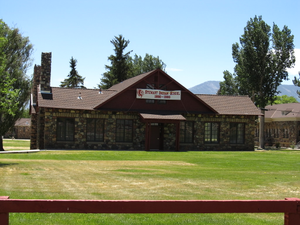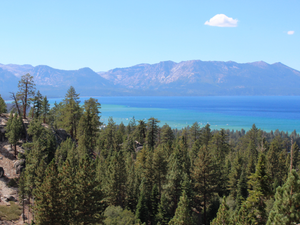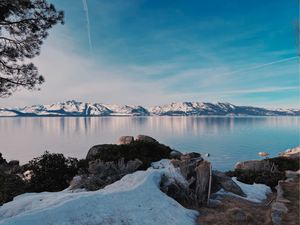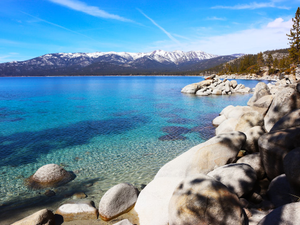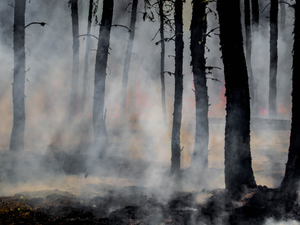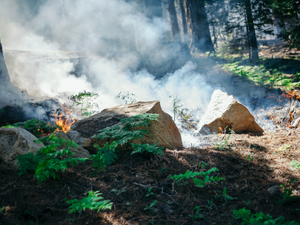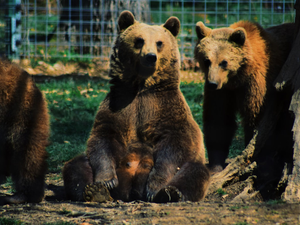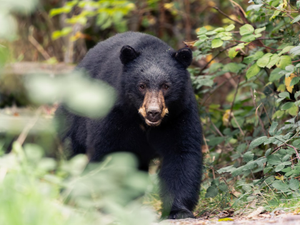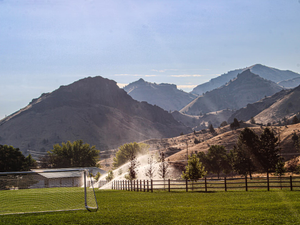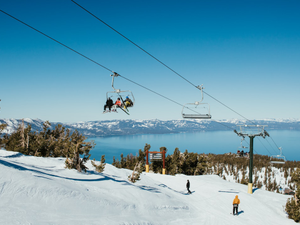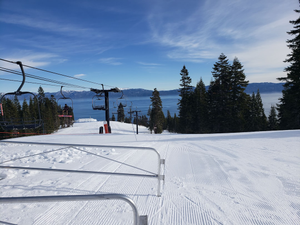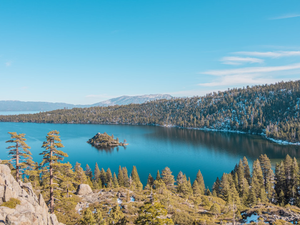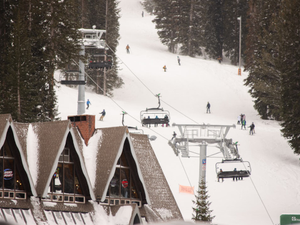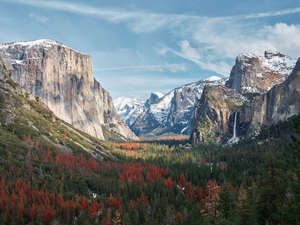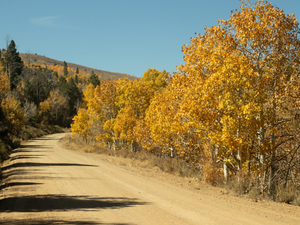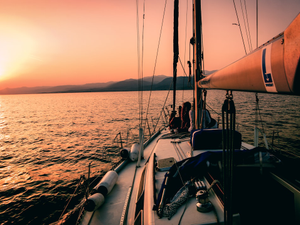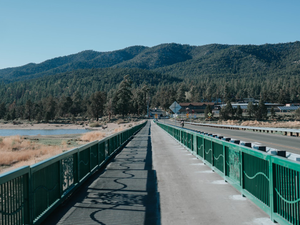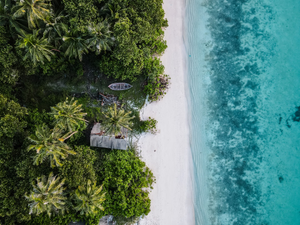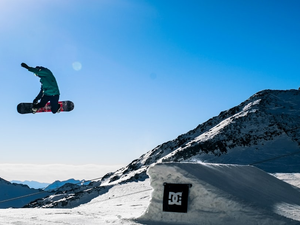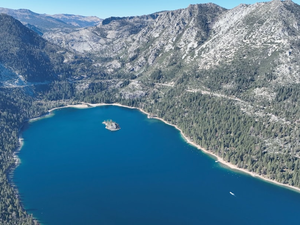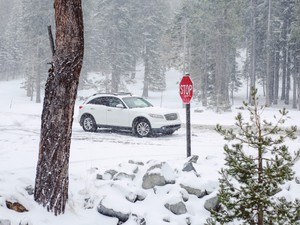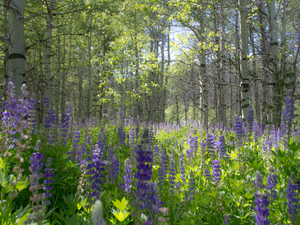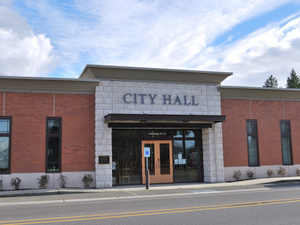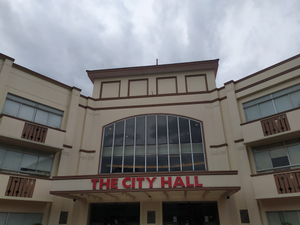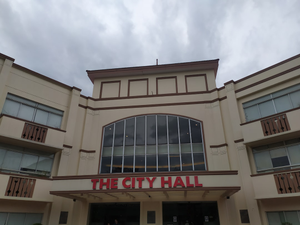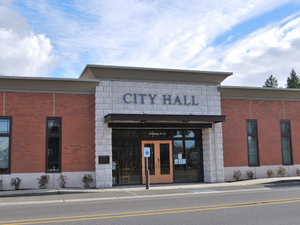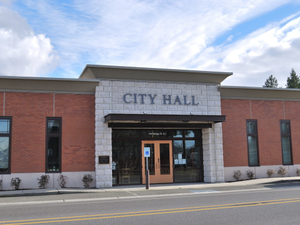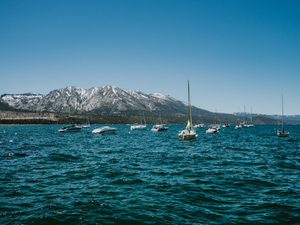History and impact of environmental protection initiatives in the region

Photo by Luca Bravo on Unsplash
When the pristine waters of Lake Tahoe started turning murky and development threatened to swallow up every inch of forest, a group of passionate environmentalists decided enough was enough. What started as a grassroots movement in the 1960s has since transformed the region’s approach to conservation, and we’re here to break down how.
The Birth of Blue Consciousness
In 1969, a pivotal moment occurred when scientists discovered Lake Tahoe’s clarity was rapidly declining. The crystal-clear waters that defined the region were becoming a muddy mess, thanks to unchecked development, erosion, and urban runoff. Local activists, many of them ski bums and outdoor enthusiasts, realized they needed to take action.
Landmark Legislation and Protection
The Tahoe Regional Planning Agency (TRPA) emerged as a groundbreaking bi-state compact between California and Nevada. This organization became the first of its kind, creating environmental standards that would limit development and protect the watershed. By implementing strict building codes and land-use regulations, TRPA effectively put the brakes on rampant construction that was threatening the region’s ecological balance.
Community-Driven Conservation
Local environmental groups like the League to Save Lake Tahoe pioneered innovative restoration projects. They’ve been instrumental in:
- Reducing stormwater pollution
- Restoring native habitats
- Creating public awareness about sustainable tourism
Their “Keep Tahoe Blue” campaign has become more than a slogan, it’s a regional mantra that resonates with locals and visitors alike.
Economic and Ecological Impacts
Contrary to fears that environmental protections would harm the local economy, these initiatives have actually enhanced Tahoe’s appeal. Sustainable tourism has become a major draw, with eco-conscious travelers specifically seeking destinations that prioritize environmental preservation.
Today, Lake Tahoe is considered a model for regional environmental management. While challenges remain, climate change, increased visitor traffic, and ongoing development pressures, the foundation laid by early conservationists continues to inspire new generations of environmental stewards.
As one local environmental scientist put it, “We’re not just protecting a lake. We’re preserving a lifestyle, an ecosystem, and a community legacy”.
AUTHOR: cgp
